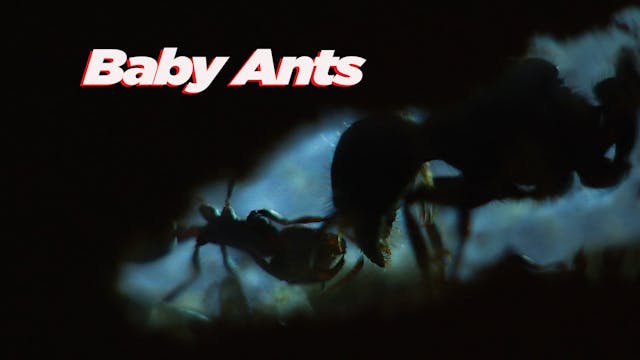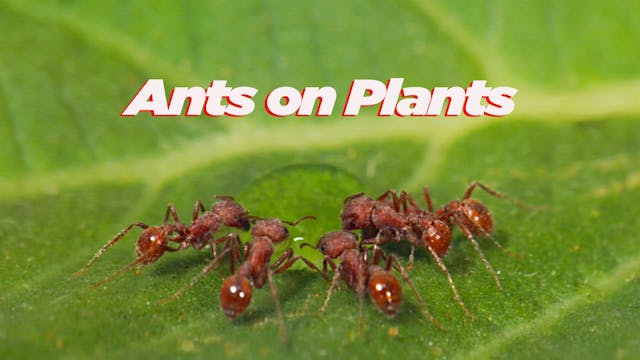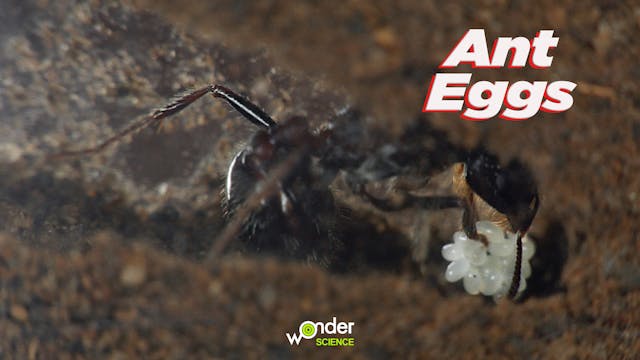Cyanobacteria Vol.2
Living Beings
•
40m
Cyanobacteria oxygenated Earth's atmosphere billions of years ago, allowing oxygen-using creatures to evolve. Cyanobacteria are also credited with devising photosynthesis and multicellularity. Today they provide 20% of Earth's oxygen. These photosynthesizing bacteria are found in many environments, including freshwater ecosystems. This program was produced in collaboration with Jared Leadbetter, Professor of Environmental Microbiology at the California Institute of Technology.
Up Next in Living Beings
-
Baby Ants
The first generation of ants raised by a new ant queen are called minims, and they are smaller than subsequent generations of ants. Right off the bat, the young female ants will tend the developing brood and venture above ground to find food to bring back to the queen and other colony members. Ov...
-
Ants on Plants
Harvester ants climbing on plants, drinking from giant water droplets, and foraging for food. Ant colony members are constantly communicating with one another through their chemical language of pheromones, as well as tactile cues and even moving air molecules. To be able to drink the water, the a...
-
Ant Eggs
The history of every ant colony traces back to the founding queen's first clutch of eggs. The queen patiently and attentively tends them while they develop into the subsequent immature life stages. The ant queen holds the eggs, stimulating them with touch. She must keep the eggs clean and safe fr...



